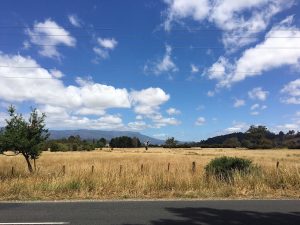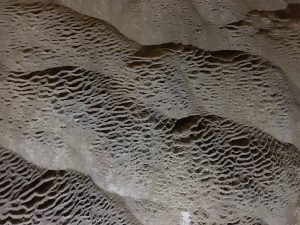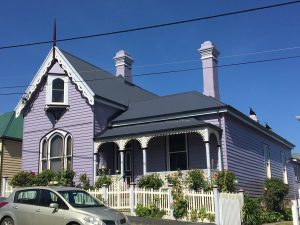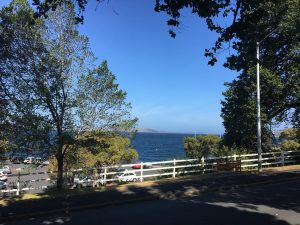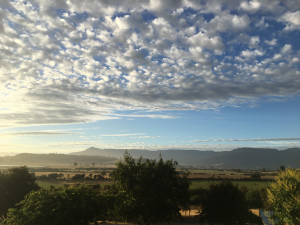
Cradle Mountain-Lake St Clair National Park – Dove Lake
Another cracking morning greeted us as we departed our accommodation headed for Dove Lake, part of the Cradle Mountain-Lake St Clair National Park. If you’re there early enough, you can drive (cars only, no caravans, campervans or camper-trailers are permitted). Even though we arrive just after 9am, the road was closed and had to take the shuttle bus. The road is too narrow to allow a regular flow of private vehicles throughout the day.

Dove Lake sits at the foot of Cradle Mountain, one of Tasmania’s most famous landmarks, and a boon for tourists. The Overland Track starts from here (a 6 day hike where you must take everything with you – so popular that during peak seasons you need a ticket to walk the track to ensure numbers are kept to a manageable level).
Cradle Mountain-Lake St Clair National Park is part of the Tasmanian Wilderness World Heritage Area, and since it’s a very popular place for tourists, they need to manage the needs of the visitors with the conservation of important ecological areas within the park.

We’d decided to do the Dove Lake circuit, a 6km circuit of Dove Lake, which allows great views of Cradle Mountain, Weindorfers Towers and Marions lookout. There weren’t too many people on the track when we went as we’d gotten there relatively early, but it has been known to get busy as the day warms up.

Part of our visit included re-enacting a wedding proposal by a member of the Australian geocaching fraternity on the shore of Dove Lake. Here, Travel bear (who’s been on many travels with me over the last 19 years) is showing off our wedding rings in the same location the proposal took place.

We’d decided against extending our walk up to Marions Lookout (the large mountain to the left of the above picture with Travel bear) as the others were getting tired and the walk is best done when you’re fresh – it’s very rough and steep and the guides advise to avoid that route.
Once we boarded the shuttle bus for the return journey up the hill to the car park, it was time for lunch – we took a short walk from the Ranger station to Knyvet Falls – sadly, no pictures – yet again I was so caught up in the present I didn’t end up taking pictures!

Tasmazia
After lunch we headed out of the national park and aimed ourselves towards Tasmazia, one of Tasmania’s premier family attractions, and touts itself as the “World’s Largest Maze Complex’. Puzzle/maze places are fun for people of all ages, and after visiting one of them in Arthurs Seat in Victoria on an earlier trip, we gave Tasmazia a go.
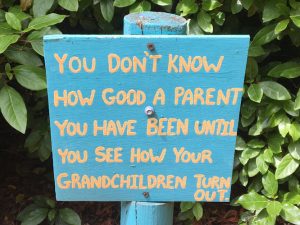
There are 4 physical mazes in here with a number of items to find – in 1 of them, there were at least 10 things to find/visit, whilst the others you had to reach the centre. The kids loved it, and many of the other children in the maze were laughing, giggling and running around the maze – exactly what it’s designed for!

The best part of it (apart from the mazes) is the witty signs dotted around The Great Maze, of which a few of them have been sprinkled through this post. We spent over an hour at the place and were thoroughly tired by the end of it – we’d ended up walking about 10km in total.

Another great sunset rounded out the day!

Tomorrow: We travel to Devonport
Yesterday: Tasmania 2018 – Day 6


